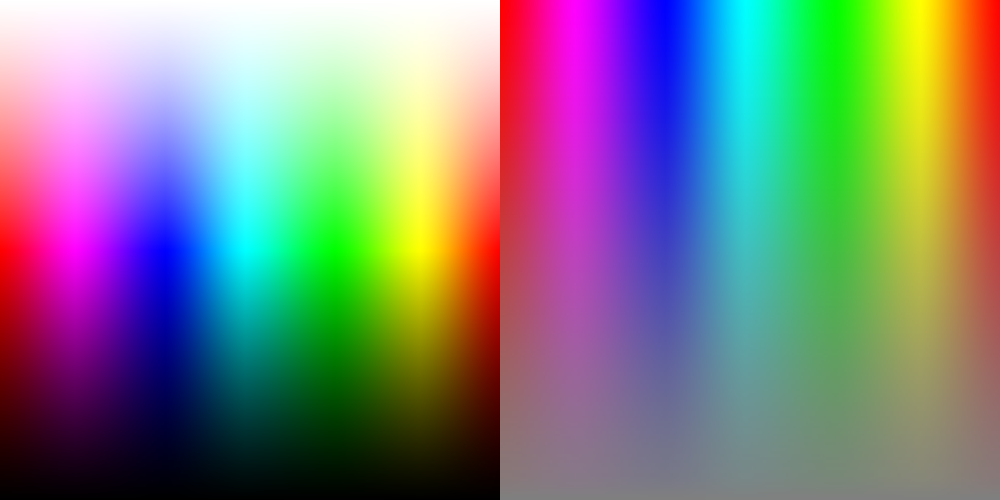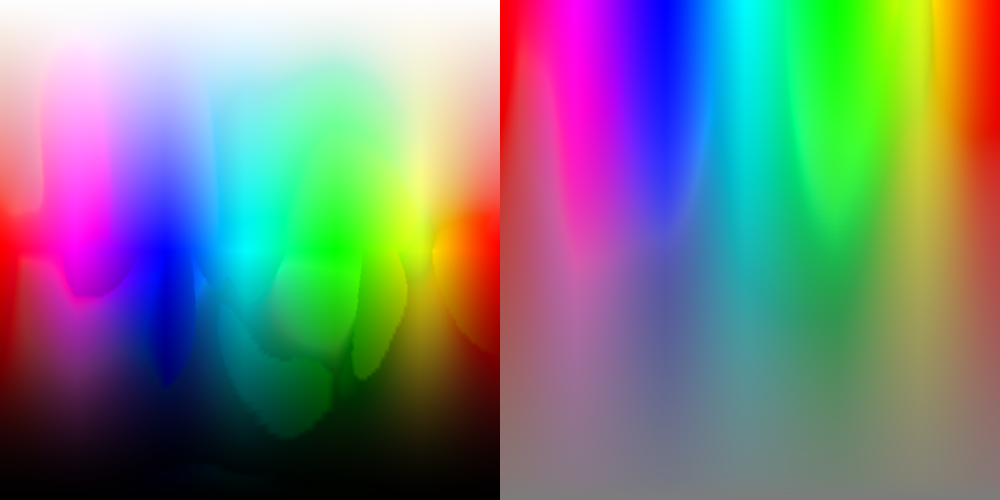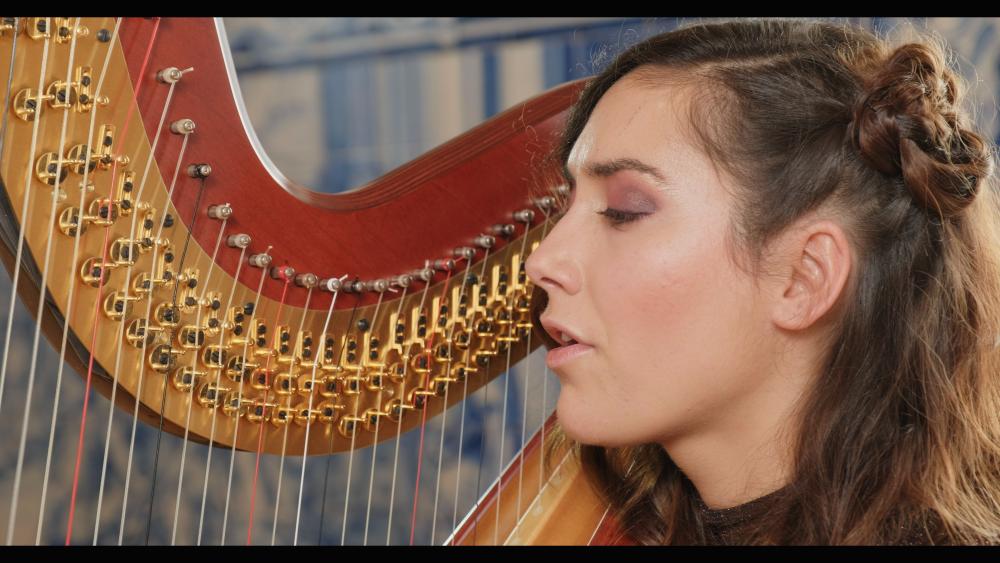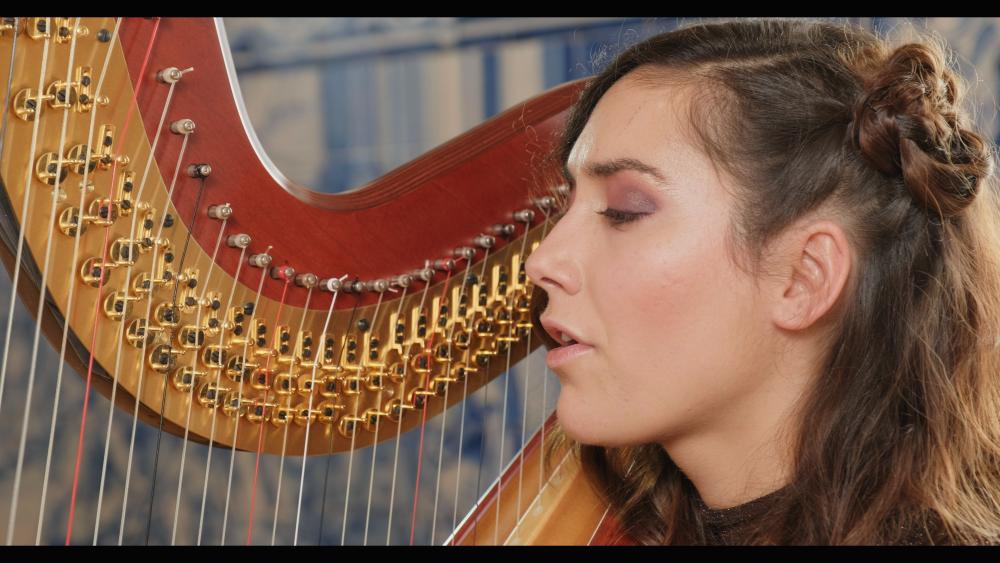
Attila Bakos
-
Posts
513 -
Joined
-
Last visited
Content Type
Profiles
Forums
Articles
Posts posted by Attila Bakos
-
-
@kidzrevil Yes, the gamut of F-Log is Rec.2020. Of course you have to fix exposure issues before applying a LUT, but that's not a big deal, I do it all the time. I'm not speaking against RCM, I love it, but I believe LUTs are great too, if you know how to use them, and you are aware of the limitations.
-
1 hour ago, kidzrevil said:
@Attila Bakos yeah bro not enough math within the space of the 64 cube for color conversion but they work better with rec709 in to rec709 output workflows
I wanted to see this for myself so I took two examples, both are 8bit Rec.2020 F-log. All I did was a color space conversion to Rec.709 and I added some contrast/saturation. In the first picture the conversion is done by a 64 LUT, in the second it is done by Resolve. Everything else is equal.
I see absolutely no difference here. Now let's see some more reds, that's usually more telling.
There is a very slight difference when you look at the harp, but that's it.
I'm not a professional colorist, but the result of the LUT would be precise enough for me. And this is trilinear, not even tetrahedral!
-
@kidzrevil RCM is great and I use it when I can, but I haven't tried ACES yet. I didn't know that trilinear interpolation is not ideal for color space conversion, I will look into this, thanks for the tip.
-
9 minutes ago, kidzrevil said:
I do know however that tetrahedral interpolation in a program like resolve tremendously improves the accuracy of LUTs
Yes, and even though you are right about the precision of pure math, a 64 LUT with good interpolation is more than enough for most people. I created size 64 LUTs that transform color space, gamma, and color, all in one, and the result was visually identical to the version where I applied the transformations one by one, each one with a size 64 LUT. But I wouldn't go lower than 64 if precision was needed.
-
26 minutes ago, kidzrevil said:
the difference in image quality is night and day from using those hard coded luts that do weird things to an 8 bit image
LUTs as a tool are not the problem, but poorly built LUTs are. If you have a LUT with very smooth transitions, and your 8bit footage still breaks with it, Resolve's color management won't save it either. And what do you mean by "very limited amount of transformations"?
-
1 minute ago, mkabi said:
So it depends on the lens. Need to correct that in the next firmware update.
There is more to that. Even the 23mm looks better on the X-T2, it's noticably smoother.
-
-
It's not my image but from the looks of it the left part has 0% luminance and 100% saturation at the bottom. As we go up vertically, luminance rises, and at the half of the image it reaches 100%. Then saturation is dropped until the top is reached. The right image has 50% luminance at the bottom, and 0% saturation. As we go up vertically, they both rise, at the top they are both at 100%.
-
When you create your own luts, it's always advisable to check color transitions using an image like this:

I applied your ClassicChrome lut to this, and this is what I got:

You want to see about the same smoothness as the original image, but with different colors.
- Don Kotlos and Deadcode
-
 1
1
-
 1
1
-
23 minutes ago, Don Kotlos said:
Nice. And if you don't have a fuji but want to get these simulations, you can find the rec709->film simulations LUTs here:
If you accept my opinion, you should work on your interpolation, the transitions of your LUTs are very rough. I'll post an example in your thread soon.
-
I recently finished this project. If you like the results, download the LUTs for free on colorizer.net.
- Don Kotlos, Vladimir, jbCinC_12 and 3 others
-
 6
6
-
-
1 minute ago, Mattias Burling said:
There is an electronic follow focus that will get AF in a firmware update. It means AF of on manual lenses as well. Electronic follow focus or Autofocus on all lenses ever made for any system.
I was asked to review it together with a gimbal but will wait until the AF update.
(You wouldn't believe how many companies try to give me gimbals for review. By reviewing the cranes it seems like I opened a Pandora box.)
Now that sounds interesting! I'll keep my eyes open

-
6 minutes ago, DBounce said:
Pricey, but not when compared to other wireless follow focus systems. Build quality it great, QC is great. Reliable with strong motors with user adjustable torque settings. It should serve many years . I know I will be using this long after my GH5 and S are history.
Yeah but occasionally my camera sits on a Zhiyun Crane, then I still need decent AF. Unless I keep the distance...
-
1 minute ago, DBounce said:
After picking up a Tilta Nucleus M, I can tell you that I’m done with my reliance on AF. For me it is no longer important.
I have my eyes on that one, but I have no chance to try it where I live, and it's pretty pricey.
-
1 minute ago, webrunner5 said:
On the sensor chip or separate? I would imagine separate.
Sorry I don't know the exact details.
-
3 minutes ago, webrunner5 said:
Yeah but this has to be a new Sensor isn't it?? This surely isn't the same one in the XT2?
They both have the same 24.2MP X-Trans III sensor, but the X-H1 has dual processor.
-
14 minutes ago, webrunner5 said:
Wow AF is terrible! And people complain about the GH5. Holly crap.
Since the X-T2 looks better here, it must some pre-production firmware issue. It's also worth noting that the X-T2 focused as fast as the A6300 in Max Yuryev's comparison, it only lacked the smoothness of the Sony.
-
We don't know the exact settings but AF on the X-H1 leaves some to be desired. Also notice the focusing smoothness of the A6300 compared to the Fujis.
-
1 hour ago, Axel said:
My opinion: terrible! Way over the top (you can judge even in SDR that the colors are ridiculously oversaturated, most of the time). This kind of HDR grading borders on assault.
I don't have a HDR display, but you're right, some of the shots are waaay oversaturated even on SDR. People still like it nevertheless.
-
-
16 minutes ago, Matthew Hartman said:
Neat Video is THE defacto industry noise reduction plugin worth every cent they charge for it. I would rather purchase Neat Video than buy another LED light.
My process is to first run an instance of Neat Video, than grade the footage, then add a very subtle instance of noise to further help with dithering. In most applications, I don't need the noise instance to help smooth out banding and artifacts because Neat Video takes care of most, if not all of it. The noise layer is mostly psychological for me because that's how I took care of business before Neat Video came along. I seriously doubt a manufacture could script a NR algorithm in-cam on the fly with the power the NV delivers.
Yeah many people do it like this, as having a bit of noise reduction in the first node can also lead to cleaner keys.
-
I'm sorry if this was already posted, but you can clearly see the problems with the new 100/120 fps mode:
If you don't have straight lines and you're shooting with narrow DOF, then it can be fine, but other than that...
-
1 minute ago, cantsin said:
Recorded with an external recorder, I guess? (So 8bit 4:2:2 ProRes without transcoding?)
Yes, the frames are directly exported from Resolve. I believe banding would be much less visible in 10bit. The pink patch might not be related to 8bit though, but to some problem with the F-Log implementation in the X-T2. The red channel is very noisy and from the footage I've seen so far they fixed this problem with the upcoming X-H1.





Fuji X-H1. IBIS, Phase Detect 4K beast?
In: Cameras
Posted
I use a Blackmagic Video Assist 4K with the X-T2, and I have to start recording on both the camera and the recorder. If I don't press record on the camera, it sends out a worse quality signal. This step is easy to forget, I'm not sure if they fixed this on the X-H1. Also, when recording for a longer period, you will have thermal noise in your F-Log footage. It was not visible with the built in film simulations, only with F-Log. It basicly looks like a lot of hot pixels, but it's only visible in dark shots. Since the X-H1 manages heat better, I believe you won't have this issue there. The biggest problem with X-T2 is that F-Log is kinda broken, the red channel is very problematic, it breaks very easily, which rendered some my footage almost unusable. I tested F-Log coming from the X-H1 and it is WAY cleaner. This is something noone seems to talk about, I had to find this out myself. Oh and if you use film-simulations, the in-camera recordings will be full range, but when you send it over HDMI, it will be video range, so you'll have slightly less precision, if that matters to you. I can't really recommend an external recorder for the X-T2, but a smaller monitor like the SmallHD Focus can be very useful.